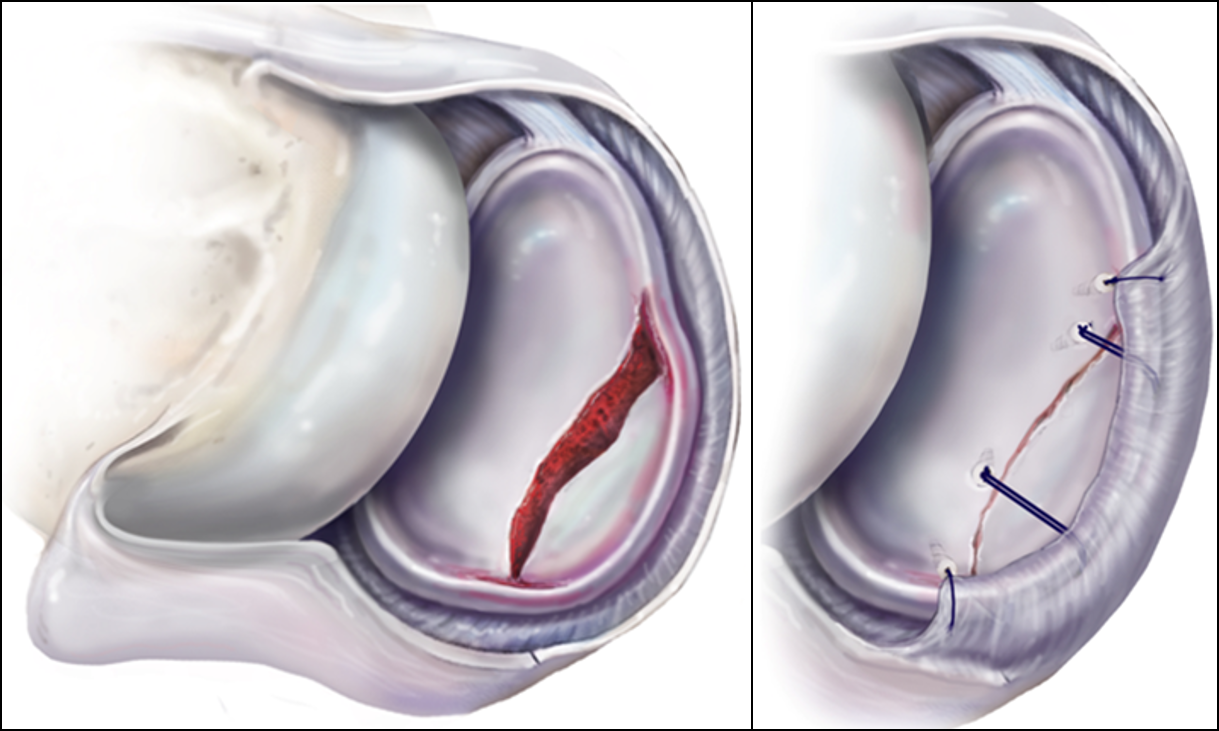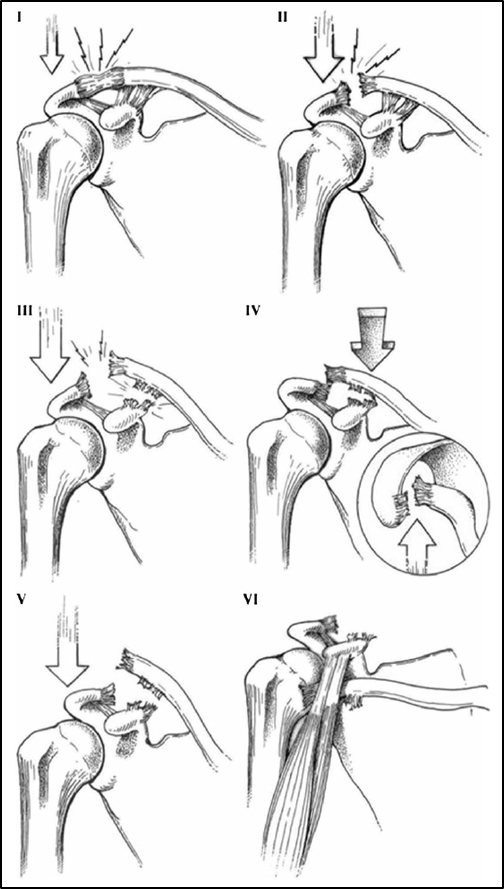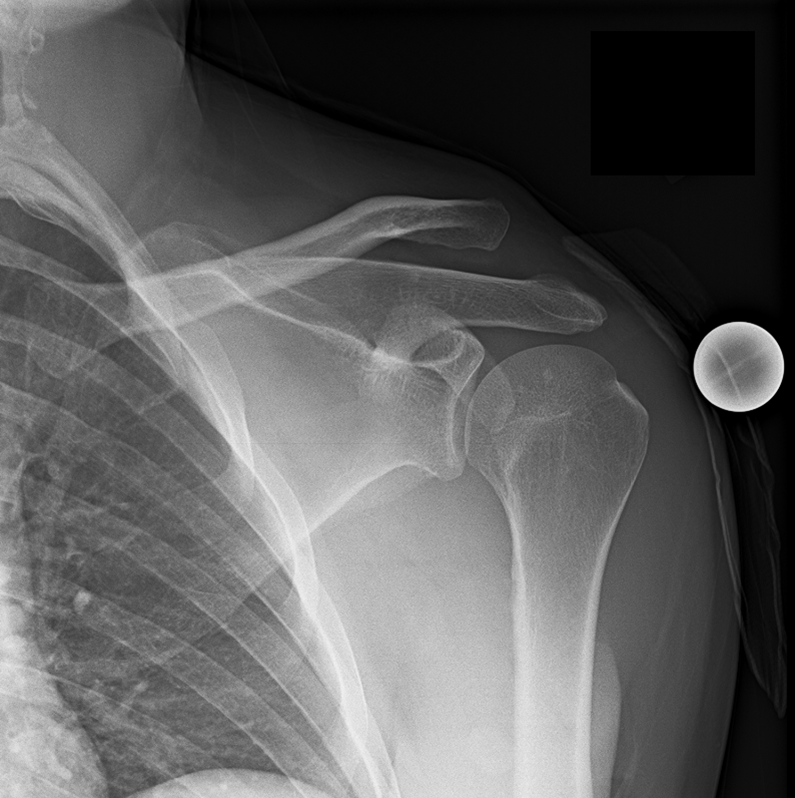An Overview of a Shoulder Dislocation and a Shoulder Separation
A shoulder dislocation and a shoulder separation are two distinct injuries that are commonly confused. Each shoulder injury causes shoulder pain and discomfort but have varying symptoms and treatments. A shoulder separation will occur at top of the shoulder caused by tearing of the ligaments that connect the collarbone to the shoulder blade. A shoulder dislocation will occur when the shoulder joint comes apart, a much more serious and painful injury in most cases. Dr. Peter Millett, orthopedic surgeon and sports medicine specialist located in the Vail, Aspen and Denver, Colorado area, is well versed on both shoulder injuries.
The most common shoulder injuries include a shoulder dislocation and a shoulder separation, both associated with athletic activities. A dislocated shoulder and separated shoulder both commonly occur from a fall or a direct hit, but an individual can also experience a dislocation from sharp twisting of the arm. Individuals involved in skiing, football, soccer and hockey are at an elevated risk of both injuries.
Shoulder Dislocation vs. Shoulder Separation Symptoms
Shoulder dislocation symptoms include shoulder pain, swelling and deformity of the joint since the shoulder joint is popped out of socket. Patients may also experience an arm that is positioned slightly away from the body with the forearm turned outward and the loss of the rounded contour of the deltoid muscle.
Shoulder separation symptoms include shoulder pain, swelling and bruising from tearing of the ligaments that connect the collarbone to the shoulder blade. Patients may also experience a large lump over the injured area, shoulder weakness and loss of motion.
Shoulder Dislocation and Shoulder Separation Diagnosis
Both shoulder injuries require a thorough physical examination by Dr. Millett to confirm the cause of shoulder pain. An X-ray and MRI are also utilized in many cases to determine the extent of the injury and confirm the diagnosis.
Shoulder Dislocation vs. Shoulder Separation Treatment
The treatment options for a shoulder dislocation and a shoulder separation differ. A dislocated shoulder is treated by placing the joint back into its original position. Some patients may require surgery if ligaments or other soft tissues are damaged.
AC Joint Reconstruction Video
A separated shoulder has a wide range of treatment options dependent on the extent of the injury. Separated shoulder injuries are classified by severity in a grade 1-3 system. Many of these injuries can be treated with conservative treatment options such as ice, rest and anti-inflammatory medications. More severe cases of a grade 3 shoulder separation may require surgery for a full recovery.




